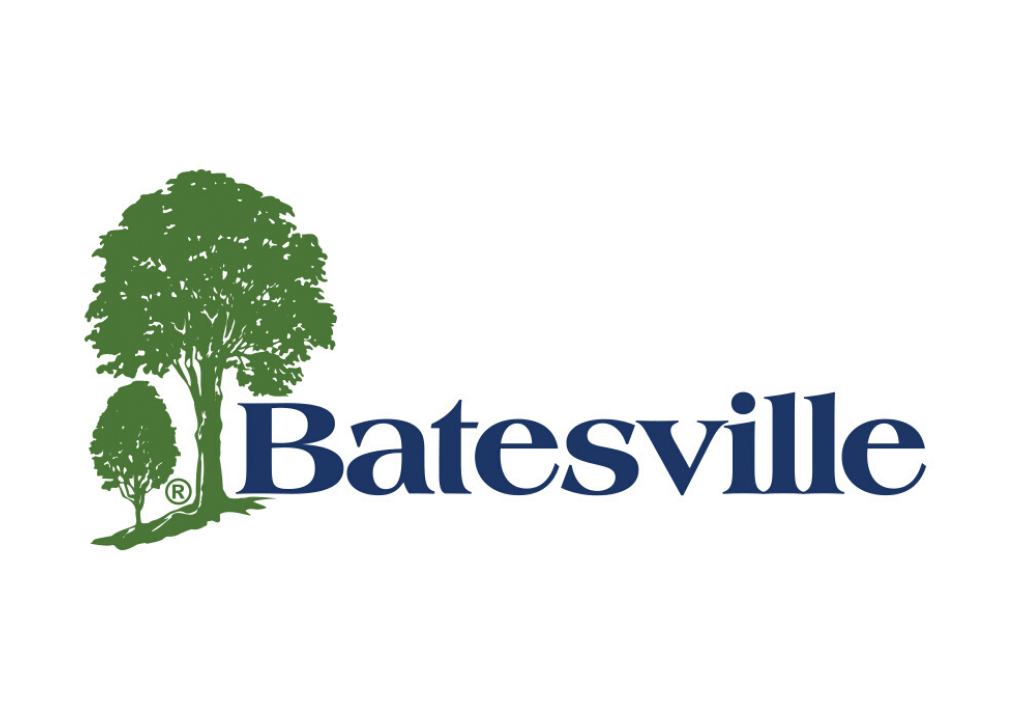Ex-FBI Agent Who Watched JFK Autopsy Reflects on Death
 Jim Sibert has answered the questions for 46 years, ever since the night he observed the autopsy of President John F. Kennedy.
Jim Sibert has answered the questions for 46 years, ever since the night he observed the autopsy of President John F. Kennedy.
Over the years, the former FBI special agent has been interviewed for books and calls and questions keep coming from teachers, authors and historians. Now, as another anniversary of the assassination arrives, Sibert, 91, was asked again about that historic day, Nov. 22, 1963.
“It started out like a normal day,” Sibert said.
At the time, Sibert was a 45-year-old FBI special agent stationed in Maryland and only a year younger than Kennedy. Late in the day, the president of the United States lay dead in front of him with a hole in his head.
“It was a piece blown out of the skull,” Sibert said.
Sibert and another agent, Frances X. O’Neill, met the casket at Andrews Air Force Base and accompanied it to Bethesda Naval Hospital. They were assigned to watch the autopsy, stay with the body and, as Sibert and O’Neill noted in a report dictated four days after the examination, “to obtain bullets reportedly in the president’s body.”
When Kennedy’s body was removed from its casket and white sheets were unwrapped from him, Sibert recalls how the one around his head was blood soaked.
“His eyes were fixed open,” Sibert recalled.
No clothing came with the slain president. The suit Kennedy wore in the open-topped limousine had been cut off in Dallas, where he was gunned down.
More than a single bullet?
What happened in Dallas that day remains contested with factions still debating whether Lee Harvey Oswald was the only shooter or if he was part of a wide-ranging conspiracy.
“I don’t buy the single-bullet theory,” Sibert said. “I won’t go as far as to say there was no conspiracy.”
Sibert and O’Neill’s report, titled “Autopsy of Body of President John Fitzgerald Kennedy,” stated that Commander James J. Humes, who conducted the autopsy, noted another wound.
“During the latter stages of this autopsy, Dr. Humes located an opening which appeared to be a bullet hole which was below the shoulders and two inches to the right of the middle line of the spinal column,” Sibert and O’Neill reported.
Sibert won’t guess on possible conspirators, on who else may have shot Kennedy other than Oswald.
“I wouldn’t have any way of knowing,” Sibert said. “See, that’s another thing. All my work was in Bethesda, Md.”
The FBI, Sibert said, had no jurisdiction in the investigation. The FBI website notes that “When President Kennedy was assassinated, the crime was a local homicide; no federal law addressed the murder of a president.”
Focused on duty
During the autopsy, Sibert couldn’t let the magnitude of the event overwhelm his duty.
“You just kind of think this happened to the president of the United States,” Sibert said.
Sibert recalls the somber atmosphere during the president’s autopsy.
“There wasn’t any joking,” Sibert said. “No comic remarks made.”
The experience, Sibert said, didn’t change him profoundly.
But every now and then the former World War II bomber pilot who continued with the FBI until 1972 gets calls from people who are still curious. There are also the memories of the history he witnessed.
“The other thing was the ferocity of the wounds,” Sibert said. “That’s tough. I never had nightmares, but it’s something that flashes through my mind a lot of times.”
Still, he’s not obsessed with what he saw or what may have been behind the assassination.
“I don’t think about it every day,” Sibert said. “Generally when something comes up, an article in the paper, something about the assassination, somebody wants to know about it. It’s just another incident in your bureau career that you handled the best you could.”
Source: USA Today
Photo: AP Photo – President John F. Kennedy and his wife, Jacqueline, ride in a motorcade moments before the president was fatally shot on November 22, 1963.



